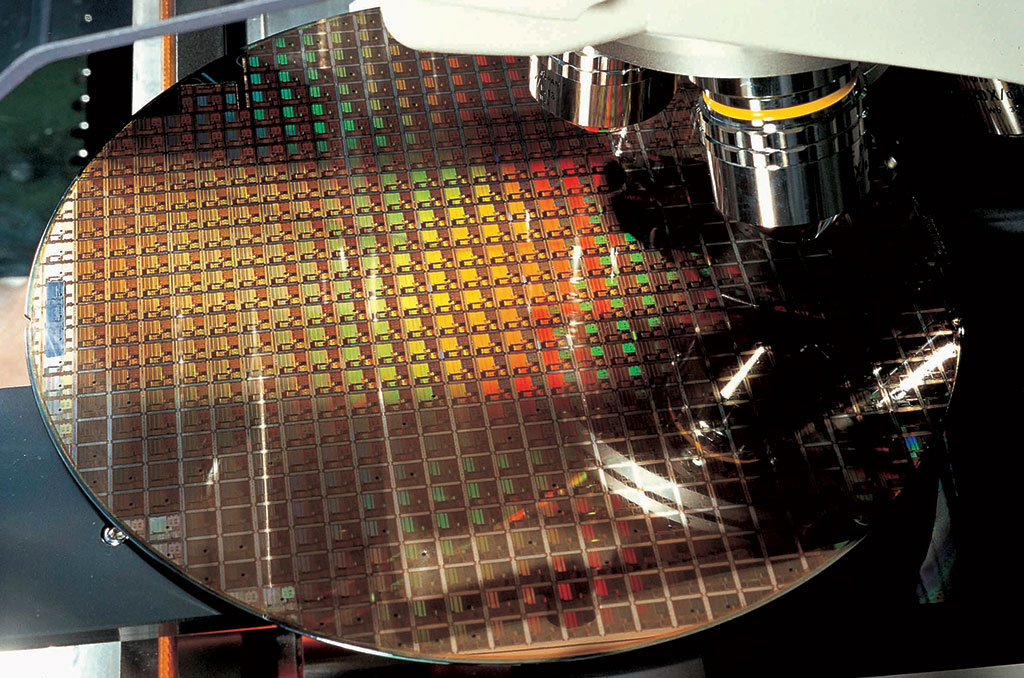TSMC is 'raiding the periodic table' to keep Moore's Law alive
It's not just Intel saying it anymore.

The observation known as Moore's Law states that the number of transistors in a semiconductor will double around every two years, and it has partially guided processor design for the past several decades. That has become more difficult to achieve in recent years, however, leading some (like Nvidia) to declare Moore's Law is dead. Intel disagrees, as it reminds us on occasion, but surprisingly so does TSMC (Taiwan Semiconductor Manufacturing Company), the world's largest independent semiconductor foundry.
Godfrey Cheng, head of global marketing at TSMC, came out in defense of Moore's Law in a blog post earlier this week, saying in no uncertain terms it is "not dead." What makes this surprising is that Moore's Law, named after Intel co-founder Gordon Moore, has mostly been touted by Intel over the years. AMD tapped TSMC to produce its third-generation Ryzen processors, and the fab also counts such as Nvidia, MediaTek, Qualcomm, and others among its customers.
Nevertheless, Cheng (and by extension, TSMC) sees continued relevance in Moore's Law even as TSMC heads towards semiconductors built in 5-nanometer manufacturing process.
"Some people believe that Moore's Law is dead because they believe it is no longer possible to continue to shrink the transistor any further. Just to give you an idea of the scale of the modern transistor, the typical gate is about 20 nanometers long. A water molecule is only 2.75 Angstrom or 0.275 nanometer in diameter!," Cheng explains. "You can now start counting the number of atoms in a transistor. At this scale, many factors limit the fabrication of the transistor. The primary challenge is the control of materials at the atomic level."
According to Cheng, TMSC's 5nm node will feature the world's highest transistor density and fastest performance.
"I can safely state that TSMC has many years of pioneering and innovation ahead of us where we will continue to shrink the individual transistor and continue to improve density. You will hear more from us in the coming months and years as we progress to new nodes," Cheng says.
Cheng also concedes that maintaining Moore's Law will require creative ways of approaching processor design. One of the keys, according to Cheng, is pursuing advanced packaging techniques. This includes stacking wafers, or chips on wafers.
The biggest gaming news, reviews and hardware deals
Keep up to date with the most important stories and the best deals, as picked by the PC Gamer team.
It may also require the use of new materials.
"One possible path forward is the use of transistors made of two-dimensional materials instead of silicon as the channel—we are raiding the periodic table. By potentially using these new materials, one possible future of great density improvements is to allow the stacking of multiple layers of transistors in something we call monolithic 3D integrated circuits. You could add a CPU on top of a GPU on top of an AI edge engine with layers of memory in between," Cheng says.
The takeaway is that "Moore's Law is not dead, there are many different paths to continue to increase density."
Stay tuned—TSMC is planning to talk more about this during the Hotchips conference on August 20.
Paul has been playing PC games and raking his knuckles on computer hardware since the Commodore 64. He does not have any tattoos, but thinks it would be cool to get one that reads LOAD"*",8,1. In his off time, he rides motorcycles and wrestles alligators (only one of those is true).


